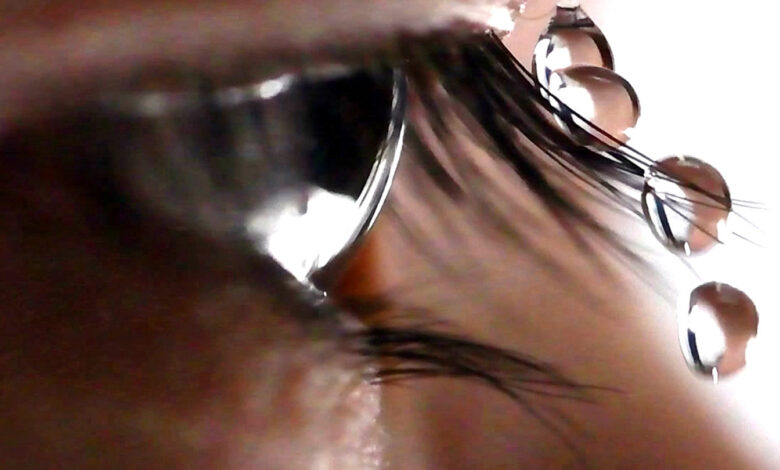Eyelashes help fling water from our eyes


array: A broad and organized group of objects. Sometimes they are instruments placed in a systematic fashion to collect information in a coordinated way. Other times, an array can refer to things that are laid out or displayed in a way that can make a broad range of related things, such as colors, visible at once. The term can even apply to a range of options or choices.
brachistochrone: (in math) It’s the type of curve that forms between two points that would allow gravity to pull something along more more quickly than for any other curve.
chemistry: The field of science that deals with the composition, structure and properties of substances and how they interact. Scientists use this knowledge to study unfamiliar substances, to reproduce large quantities of useful substances or to design and create new and useful substances. (about compounds) Chemistry also is used as a term to refer to the recipe of a compound, the way it’s produced or some of its properties. People who work in this field are known as chemists.
cuticle: Term for a tough but bendable protective outer shell or cover of some organism, or of parts of an organism. For instance, the outer layer of a strand of human hair is known as its cuticle.
dimension: Descriptive features of something that can be measured, such as length, width or time.
fiber: Something whose shape resembles a thread or filament.
force: Some outside influence that can change the motion of an object, hold objects close to one another, or produce motion or stress in a stationary object.
gravity: The force that attracts anything with mass, or bulk, toward any other thing with mass. The more mass that something has, the greater its gravity.
hydrophobic: Repelling (or not absorbing) water.
nylon: A silky material that is made from long, manufactured molecules called polymers. These are long chains of atoms linked together.
physics: The scientific study of the nature and properties of matter and energy. Classical physics is an explanation of the nature and properties of matter and energy that relies on descriptions such as Newton’s laws of motion. Quantum physics, a field of study that emerged later, is a more accurate way of explaining the motions and behavior of matter. A scientist who works in such areas is known as a physicist.
ratchet: A tool that a uses a set of angled teeth that allows the device to move in only one direction (such as clockwise versus counter-clockwise, or forward but not backward).



